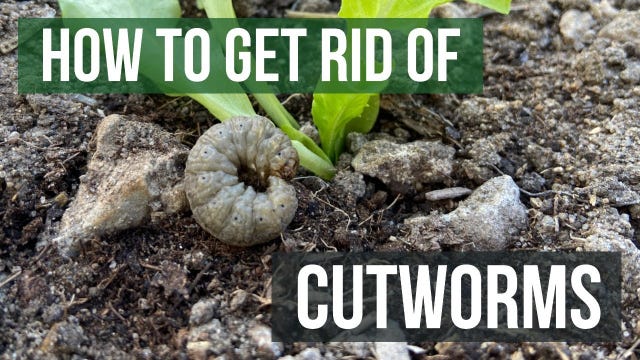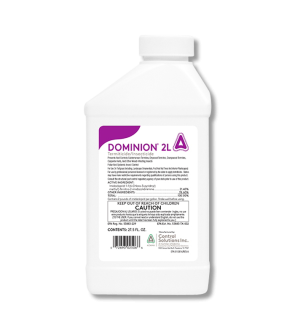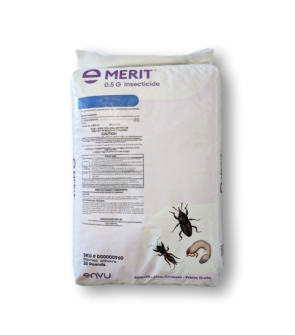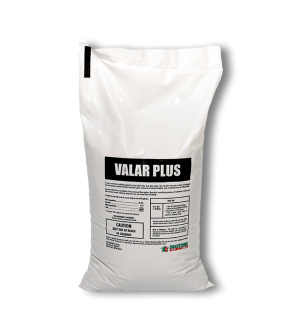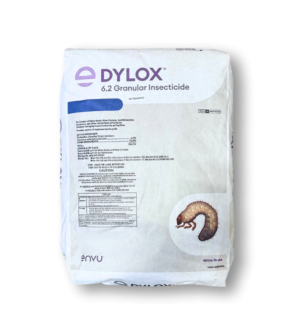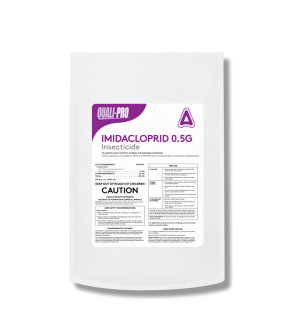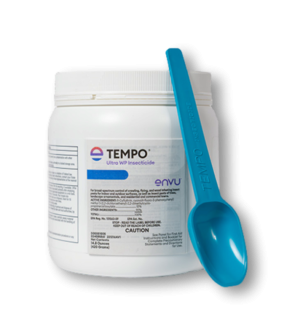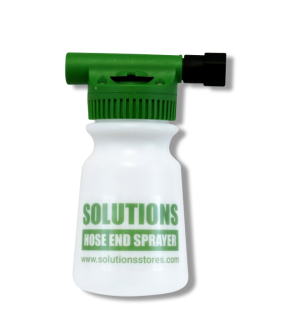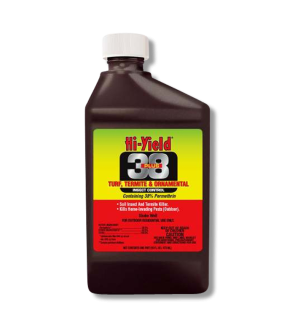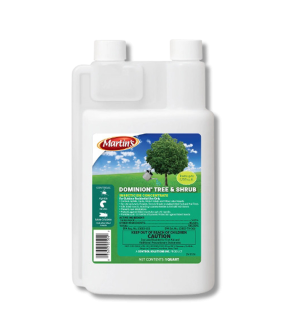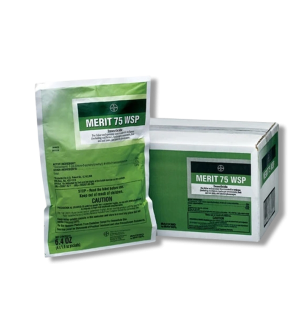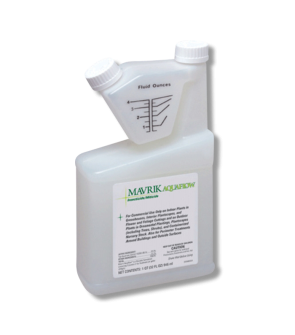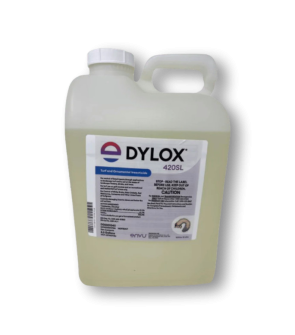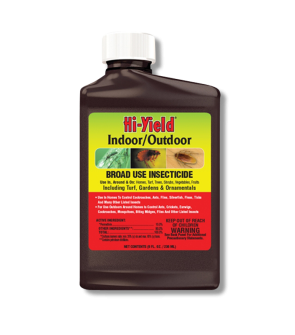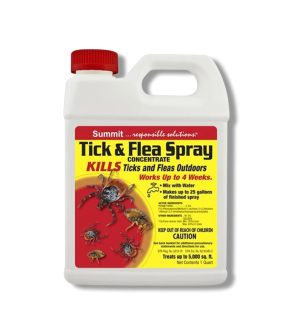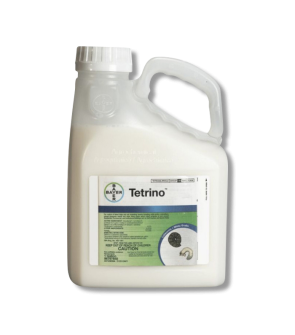Gain access to personalized product screening, the best pricing, rewards, and more!
Most Effective Products
Cutworm Control: How To Get Rid of Cutworms
This page is a general DIY article on eliminating cutworms from your property using the products and methods suggested throughout this guide. Follow this DIY guide and use the recommended products, and we guarantee 100% control over cutworms in your yard.
The cutworm is a species of caterpillar known for hiding under the soil and coming out at night to begin chewing through plant stems. In the United States, cutworms are known to target fruits and vegetables but can also target turfgrass when available. If left alone, this critter can do some damage.
Cutworm populations can vary significantly from year to year, and when significant, they can destroy a lawn, leaving patches of dead grass in their wake. Most of the damage caused by cutworms occurs when they chew the stems of young plants at or slightly above or below the soil line.
If cutworms are established on your property, stop them using our professional DIY treatment guide. Designed by our staff of lawn care specialists, this guide can help step-by-step in eliminating a cutworm infestation quickly and affordably using the best insecticides available.
Identification

Before you can carry out a treatment program, you need to determine what cutworms look like so you know for sure that is the pest you are encountering. Misidentification can lead to using the wrong treatment methods, costing you time and money.
- Cutworm caterpillars are the larvae of a species of adult moth. They are small, soft-bodied, caterpillars that range between 1 to 2 inches long.
- They are grayish-brown and lightly speckled with darker brown patterns and have smooth skin that appears to have a wet or greasy texture. When observed closely, you will notice a single row of pale yellow dots along each side of its body.
- Cutworms can be identified by the way they curl their body into a tight 'C' when they are disturbed or at rest.
- Cutworms are a sneaky lawn pest, often going unnoticed because they mainly tend to feed only at night, while spending the most of the daylight hours in hiding.
- Their name comes from how cutworms chew at the base of plant stems until the plant falls over as if it had been cut.
Use the image and description above to help you identify cutworms on your lawn. Suppose you are having trouble confirming that the pest on your property is a cutworm. In that case, contact us with a quality close-up photo, and we will be happy to respond with the pest identification as well as offer you some suggestions and product recommendations to eliminate the pest.
Inspection

Once you have confirmed that you are dealing with cutworms, you can proceed with an inspection. During this phase, you will need to pinpoint where the cutworms are concentrated and the conditions conducive to their thriving in the area. This will help you determine where to focus your insecticide applications.
When to Inspect
Most of the damage cutworms inflict is done early in the growing season when they emerge from hibernation. Cutworms are caterpillars, but they are often mistaken for grubs. Around summertime, cutworms will often crawl to the tops of plants and damage the area. It's not uncommon to mistake the damage they cause with the damage of other turf and garden insects like slugs and grubs.
What to look for
Check the damage to your turf and whether there are any eggs in high grass or weeds. You should look for chew marks or white spots around the edges of grass blades. Reducing weeds and clutter around your garden can help expose cutworms and discourage them from staying in the area. Timing is important when treating cutworms, as they are known to lay a lot of eggs, and it would be best to control them before they hatch and add to the damage.
Cutworms can be easy to find where they are established. To find them, what you're going to want to do is flush them out of the thatch with a mixture of water and dishwashing liquid. Pour 1 gallon over one square yard at a time over suspected patches.
Treatment
Before conducting chemical applications, you should make sure that you are wearing protective equipment when handling pesticides, even organic pesticides, for any chance of skin or facial contact which can be irritating or uncomfortable.
Our top pesticide suggestion for cutworms is Dominion 2L and Valar Plus Bifenthrin Granules. Valar Plus Bifenthrin Granules is a granular insecticide that will need to be watered into the soil, so in this case the Dominion 2L will both activate the Valar Plus Bifenthrin Granules and be an added measure of control. This combination creates an effective 1-2 punch to eliminate cutworms from your lawn.
Step 1: Apply Valar Plus Bifenthrin Granules To Lawn

Valar Plus Bifenthrin Granules are a granular insecticide labeled to treat many different lawn insects, including cutworms. Valar Plus Bifenthrin Granules has a residual effect that can last up to 3 months and can be broadcast over your entire yard to address the cutworm infestation.
Start by determining how much Valar Plus Bifenthrin Granules you will need for treatment by calculating the square footage of the treatment area. To do this, measure the treatment area's length and width in feet, then multiply them together (length x width = square footage).
The typical application rate is 1.15 pounds of Valar Plus Bifenthrin Granules to treat 1,000 square feet of lawn.
To broadcast the Valar Plus Bifenthrin Granules, load your spreader with the proper amount of granules based on your calculations and evenly distribute over your treatment area. Broadcast half your granules in parallel lines once across the area and then broadcast the other half at a perpendicular angle to cover the area entirely.
Once the Valar Plus Bifenthrin Granules has been broadcast, it will need to be watered in to reach the turf's root zone. This will be done with Dominion 2L.
Step 2: Broadcast Dominion 2L over the treatment area
Dominion 2L is a neonicotinoid insecticide that works systemically to suppress cutworms in afflicted foliage. It can be safely be applied to plants without causing any harm and will kill any cutworm that decides to eat treated turf and vegetation.
For cutworms, mix at a rate of 0.46 to 0.6 fl. oz. in a gallon of water to treat 1,000 sq. ft.
We recommend using a 20-gallon hose-end sprayer for the application to more efficiently treat the entire lawn. Make sure the sprayers control valve and water pump are off and then attach the hose-end sprayer nozzle to the hose. Remove the reservoir and then add the proper amount of Dominion 2L and the proper amount of water.
For large volume applications, use 2 or more gallons per 1,000 sq. ft. for the product to reach the roots. The product will mix with the water to make an even emulsion. Reattach the reservoir to the nozzle and turn the water to the hose on. You are now ready to spray.
Evenly distribute the entire amount of product over your treatment area, keeping track of the product left in the reservoir. Apply on calm days when wind speeds are low to minimize drift.
Timing your application is crucial. Apply late in the afternoon for best control as that is when cutworms are most active. You should also apply when pollinators, like bees, are not actively foraging. Reapplications may be necessary until you see no further damage to your garden or the presence of cutworms has been eradicated.
Prevention
After eliminating the cutworm infestation, you will need to work to prevent the infestation from returning. Implement the following preventative measures for best results:
- In the spring, emerging cutworms will be waiting to feast on your garden. Cutworm moths prefer to lay eggs in areas of high grass and weeds. Rake and dethatch your lawn regularly to remove leaf litter cutworms used for shelter.
- Trim back tree branches to reduce shade and promote proper water retention in the soil. Water your grass at a rate of 1 to 1.5 inches of water once a week and mow grass at a taller height (3 to 5 inches) to encourage root growth.
- Fertilize your lawn with the proper amount of nitrogen it needs so it can stay healthy and fight against pest symptoms.
- Dominion 2L and Valar Plus Bifenthrin Granules can also be used preventatively on a quarterly basis to keep cutworms away.
Key Takeaways
What are Cutworms?
- Cutworms are a catch-all term for the larvae stage of various moth species found developing on lawn turf. These pests can often cause extensive damage to a garden in a short time.
How To Get Rid of Cutworms
- Our top recommendation for controlling a cutworm invasion is Dominion 2L and Valar Plus Bifenthrin Granules. Broadcast the Valar Plus Bifenthrin Granules first and then water the product in with Dominion 2L.
Preventing Cutworm Reinfestation
- Prevent cutworm reinfestation by closely monitoring your lawn and garden and conducting cultural practices that discourage cutworm activity (tilling, mowing, etc.).






